Overcoming unique challenges to launch self-driving shuttles in Belgium: driving through carnival.
In recent years, Belgium has seen the testing of several self-driving shuttles on its public roads. However, several of these trials have been halted prematurely due to the shuttles being ill-equipped to handle real-world scenarios. To address this issue, data scientists can take a proactive approach by defining the real-world scenarios to build for. In this article, I outline three scenarios for self-driving shuttles in Belgium.
Context
To successfully take an AI prototype into production, data scientists must identify the real-world scenarios the prototype must be able to handle. This not only helps in effective planning and budgeting, but also in building a product that meets the client’s expectations.
To aid data scientists in developing self-driving shuttles for the Belgian market, I conducted a focused exploration of two Belgian cities (Hasselt and Lommel). This exploration resulted in the identification of three high-value scenarios surrounding the event of carnival that data scientists should consider, as described below along with recommendations.
Real-world situations
Carnival is a catholic-inspired festival celebrated throughout Belgium. The festival commonly starts in the period leading up to Easter, often to indicate the start of fasting.
During Carnival, people dress up, create floats for a parade, and party on loud “foute muziek” (“wrong” music). Several scenarios that may impact self-driving shuttles were identified during carnival.
#1. People dressing up
One of the main things people do during carnival are dress up in all kinds of imaginative ways. For example, during the observations for this article, people were dressed up as pirates, dinosaurs, and nature, among others.
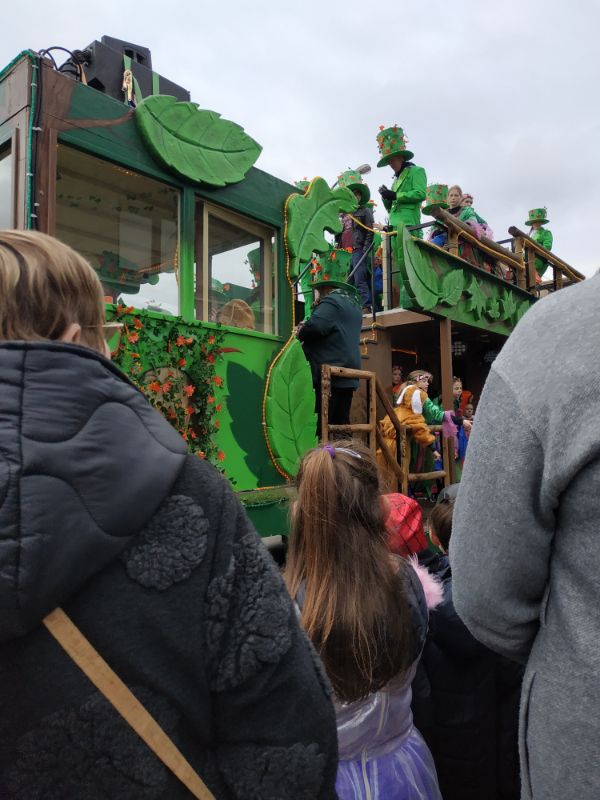
#2. Floats
Another popular activity during Carnival is the construction of floats that are driven around during the main event. Similar to the costumes, these floats are adorned in a variety of imaginative ways. At the end of the event, the best float is often awarded a prize.
The parade follows a predetermined route, typically in a city center that is closed off for the occasion. Crowds gather along this route to catch a glimpse of the floats and their riders. Children are particularly delighted by the passing floats as they often toss out candy and occasionally even toys.
In the past, confetti and silly string were also commonly used during the parade, but due to environmental concerns, their use has been prohibited in most places.
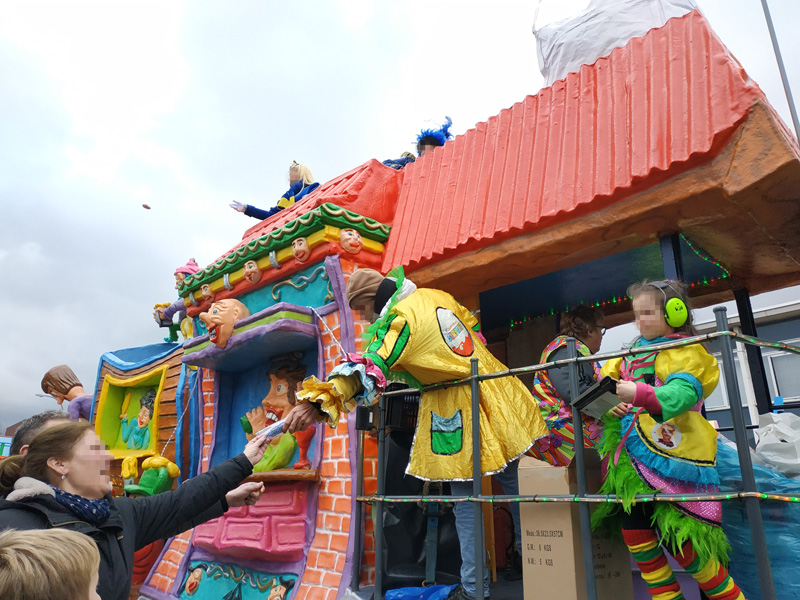
3#. Changed traffic rules
As Carnival festivities typically occur in city centers, it is imperative that officials ensure the safe passage of large floats through areas with typically high traffic. To facilitate this, predetermined routes are closed off to normal traffic, with official signage and barriers deployed to this end.
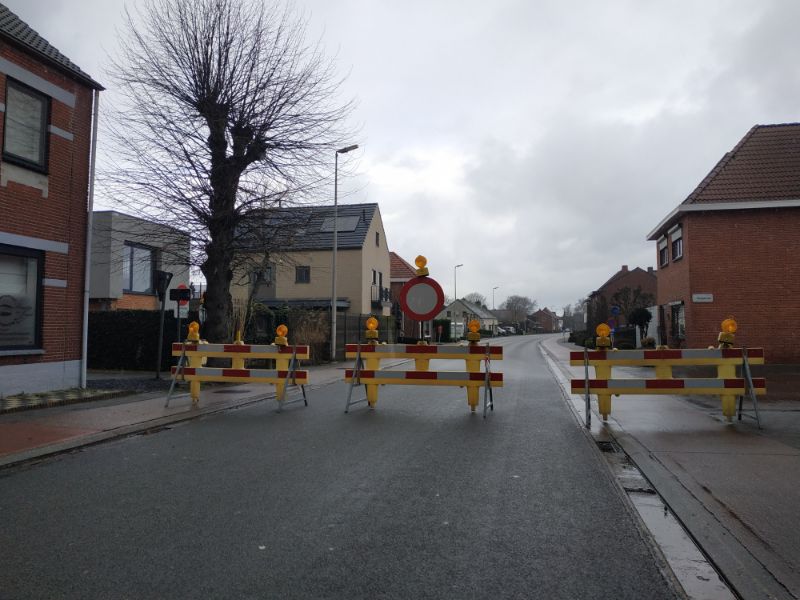
Typically, these closures take place from around 10-11am in the morning until approximately 6-7pm in the evening. Volunteers and officials are usually deployed to key locations to help enforce these closures and prevent unauthorized access, while also providing information to those unaware of the traffic changes.
Impact on self-driving shuttles
People dressing up, floats driving on the road, and changes of traffic rules are all things that are not part of the normal, daily reality of what self-driving shuttles would encounter.
As a result, data scientist might not be aware of the potential impacts these issues have on their self-driving shuttles. Below, I describe several issues that may arise because of the above scenarios.
Issue #1: unrecognizable people
While AI-based people detection systems have made significant progress in recognizing individuals, Carnival poses a unique challenge as participants can be disguised in virtually any costume, rendering them unrecognizable.
Without an understanding of the context of Carnival, it can be challenging to discern from an image alone that there are people present under these elaborate costumes.


As an example, consider the image above featuring individuals in dinosaur costumes. Without the context of Carnival, it could be challenging for even humans to discern that individuals are present beneath these costumes. But while the Mask2Former model can accurately recognize one person on the left, it fails to detect the second individual on the right.
Issue #2: floats on the road
During the parade, the roads on which the floats travel are closed to public traffic, minimizing the potential for interaction with self-driving shuttles. However, before and after the parade, these floats are driven on public roads to and from the parade location, leading to a greater likelihood of interaction with self-driving shuttles if they pass the same route.
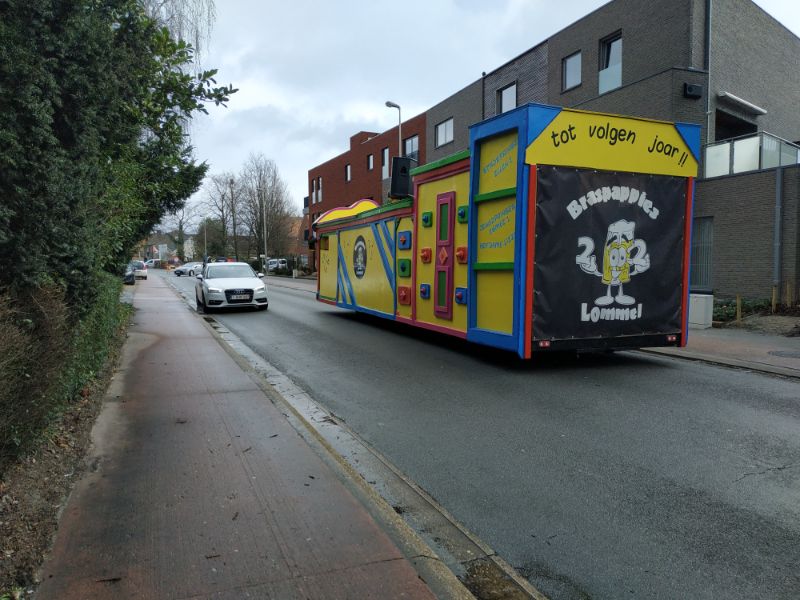
This presents a significant challenge in identifying objects on the road, as floats can be adorned in a variety of decorations, and may lack typical features such as license plates. For example, consider the floats depicted in the image below, and misrecognized by the AI-based object segmentation system.
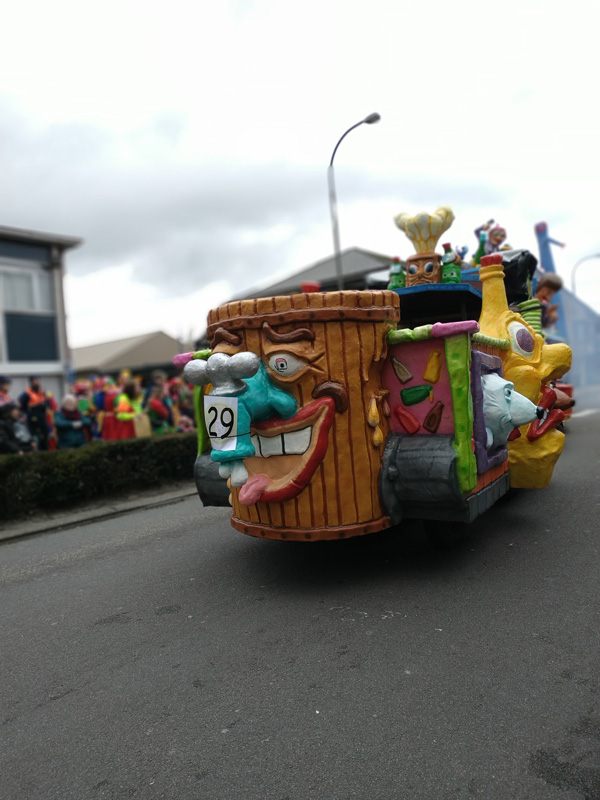

Issue #3: lack of traffic signals
Self-driving shuttles rely on physical traffic signs or virtual depictions of them to interpret traffic regulations. However, during carnival, traffic signs may be temporarily removed to accommodate the large floats, causing a unique challenge.
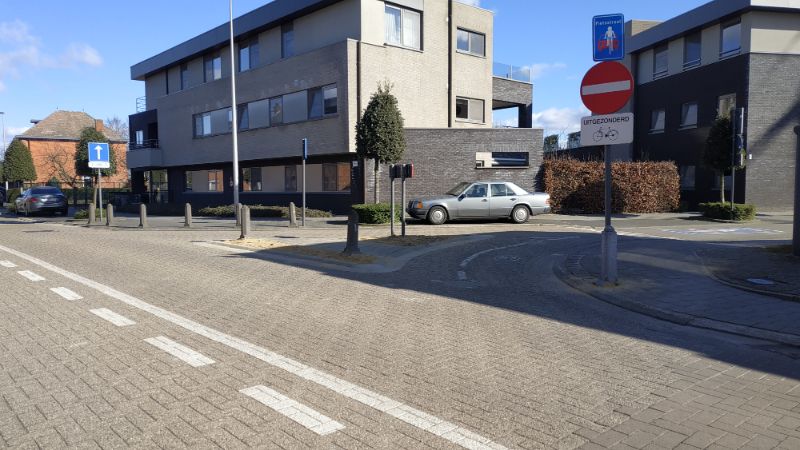
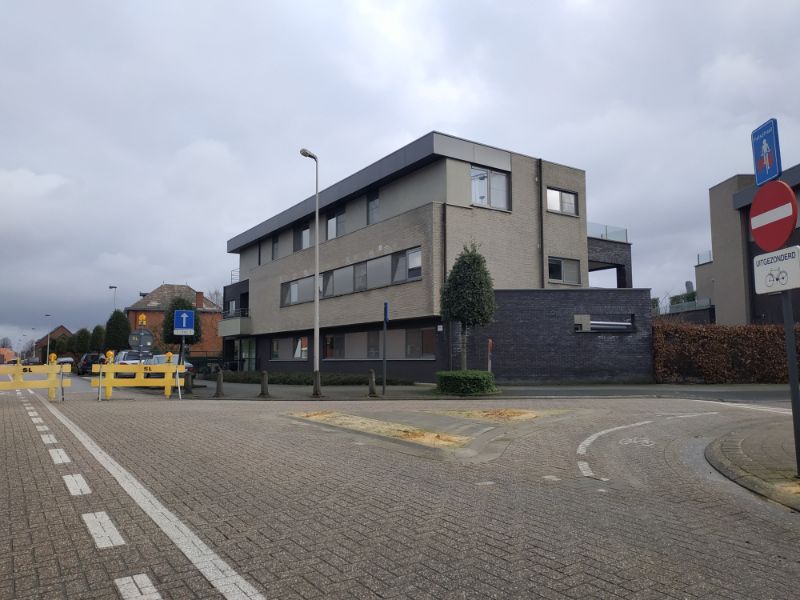
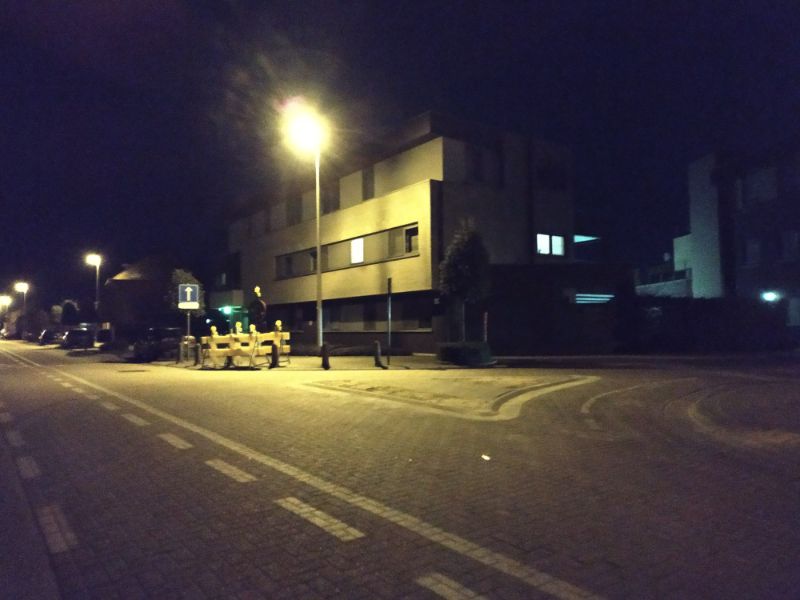
Even after the festivities, instances were observed where traffic signs were not yet reinstated, putting self-driving shuttles at risk of making incorrect decisions due to the absence of necessary traffic signals.
Real routes
Despite the carnival festivities taking place in a traffic-free zone, there is still a risk of people and floats straying beyond the designated area and into the path of self-driving shuttles.
This potential hazard can certainly become a reality, as evidenced by a picture taken on the actual route of a self-driving shuttle being tested in Belgium several months prior.
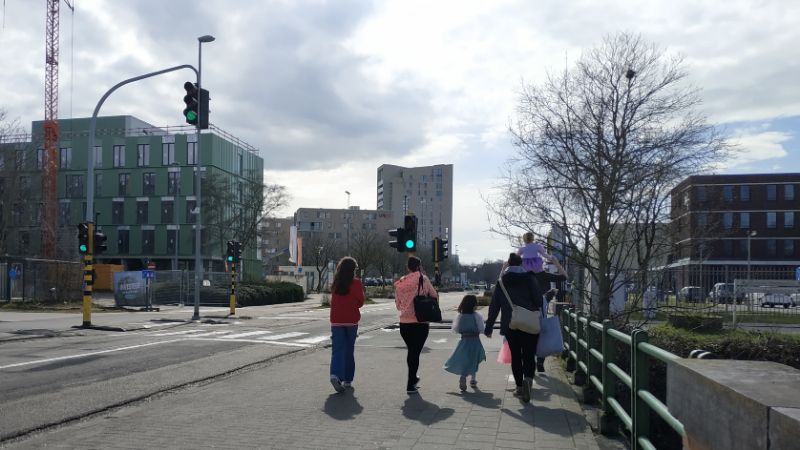
The image shows a family with costumed children walking towards the designated area, with numerous individuals crossing this exact and similar paths of the self-driving shuttle.
As such, it is not hard to imagine self-driving needing to safely navigate people in costume, for which, as indicated above, their technology might not be prepared.
Conclusion
Fully autonomous SDCs are expected to safely navigate all scenario’s it might encounter. In Belgium, this means adapting to the unique challenges presented by events like Carnival.
Recommendation #1
The technology needs to be able to navigate not only around people in costumes, but also around large floats that might confuse its detection system.
Recommendation #2
Moreover, self-driving shuttles must be programmed to account for temporary traffic sign removal and for changes in traffic patterns due to closed-off parade routes.
As the technology continues to evolve, it is important to consider these contextual factors and develop solutions that can safely navigate through these unique situations. Only then can self-driving shuttles become a truly viable transportation option for cities, including those that celebrate events like Carnival.

